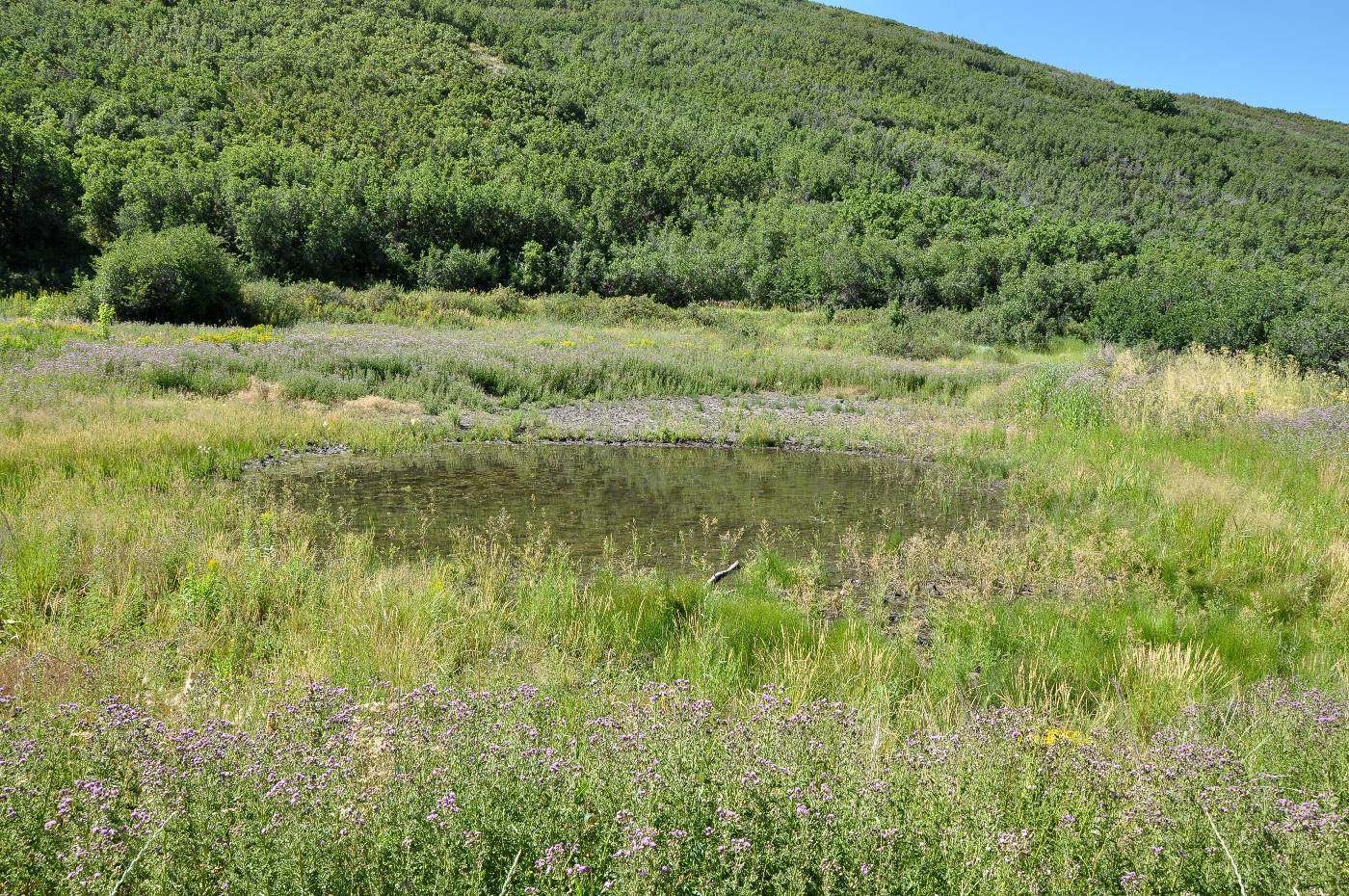
|
Family: Poaceae |
Plants annual and tufted, or perennial and rhizomatous. Culms 20-150 cm, sometimes tuberous at the base, erect. Leaves mostly cauline; sheaths open, glabrous, ribbed; auricles absent; ligules membranous, acute; blades flat, glabrous. Inflorescences dense, spikelike panicles; branches 1-sided, racemosely arranged, secondary branches few, at least some branches longer than 1 cm, with closely imbricate spikelets; disarticulation below the glumes, the spikelets falling entire. Spikelets laterally compressed, circular, ovate or obovate in side view, subsessile, with 1-2 florets; rachillas not prolonged beyond the base of the distal floret. Glumes subequal, slightly shorter than the lemmas, inflated, keeled, D-shaped in side view, unawned; calluses blunt, glabrous; lemmas lanceolate, inconspicuously 5-veined, unawned; paleas subequal to the lemmas; lodicules 2, free; anthers 3; ovaries glabrous. Caryopses shorter than the lemmas, concealed at maturity. x = 7. Named for Johann Beckmann (1739-1811), a German botanist and author of one of the first botanical dictionaries. Beckmannia is a genus of two species: an annual species usually with one fertile floret per spikelet that is native to North America and Asia, and a perennial species with two fertile florets per spikelet that is restricted to Eurasia. SELECTED REFERENCE Reeder, J.R. 1953. Affinities of the grass genus Beckmannia Host. Bull. Torrey Bot. Club ©Utah State University; reproduced with permission. Spikelets 1-2-fld, articulated below the glumes, strongly flattened, nearly circular in outline; glumes subequal, with approximate margins, 3-veined, the lateral veins obscure; lemma firm, ca as long as the glumes but much narrower, lanceolate, obscurely veined; palea lanceolate, partly enclosed by the lemma; stout grasses with overlapping
sheaths, large ligule, usually flat blades, and elongate compound panicles of short, crowded, overlapping spikes. 2, the other in Europe. Gleason, Henry A. & Cronquist, Arthur J. 1991. Manual of vascular plants of northeastern United States and adjacent Canada. lxxv + 910 pp. ©The New York Botanical Garden. All rights reserved. Used by permission. |
This project was made possible in part by the Institute of Museum and Library Services [MG-70-19-0057-19].
Powered by Symbiota



